This post may contain affiliate links. If you make a purchase by clicking on these links, I may earn a small commission at no extra cost to you. Read the disclaimer for more information.
The final part to our tour of Doi Inthanon National Park in Northern Thailand was to stop in at one of the minority hill tribe villages on the way back to Chiang Mai. The particular tribe that we would be visiting is the White Karen, which is characterized by the women who must wear all white clothes until they get married.
We left the twin royal pagodas on Doi Inthanon and made our way back down the mountain to stop for some lunch before heading to the village.
On the way, we stopped in at a local roadside market which was clearly there for the tourist buses that go past on their way to and from Doi Inthanon National Park. Never the less, they had some delicious dried fruit for sale and I really couldn’t get over the beautiful sweetness of the dried mango and kiwi fruit. There really is no need for lollies when you have dried fruit this good!
Life in a White Karen Village
The White Karen village itself can easily be reached by vehicle just off the main road. This and the fact that there was a huge sign at the turn off advertising the village made me think that this would just be a huge tourist trap, probably with little authenticity and there primarily to sell souvenirs to tourists.
When we pulled up into the village, I was a little relieved. There were no tourist buses or souvenir stands that I could see. In fact there was only one other mini van there with a small group of tourists like us. All up there must have only been around ten people there to explore the village.
The first thing that I noticed was the minimalism and basic living of the people. The buildings were mostly authentic, made primarily out of bamboo lattice with thatched roofing. Others, probably those with more money, had better built wooden houses, some with tin roofs.
Its location close to the main road means that it has electricity available, but this seems to be their only luxury.
Wandering around the village, I watched the people go about their lives, and obviously used to tourists gawking at them, they mostly ignored us. There were no men in the village at this time, as they were all out working either in their farms or further afield.
Kids ran around, playing without a care in the world, while their mothers cooked over wood fires in their meager houses, or were at work making their beautiful cotton garments.
Almost all of their needs are found in the village. All of their food is grown in their farms, and they have chickens for eggs and meat, and cows for their milk. They make their own clothes from cotton grown in their farms.
Handmade cotton clothing and blankets
The White Karen women must wear all white dresses until they get married. After marriage, they get to wear some of the most beautiful and colourful garments that I have seen, and they are all handmade in the village. I was so excited to be able to go into their work shop and watch them in action as they made these garments the old fashioned way.
I was amazed to find out that it takes around a week to make a scarf, a month to make one of their shoulder garments, and up to a whole year to make a blanket. Yet you can buy these beautiful items from them for next to nothing.
We bought one of their scarfs for only 250 Baht, which is less that $8 for something that takes them a whole week to make. The blankets and table cloths, which can take up to a whole year to make, were going for only 1000 – 1500 Baht! I really couldn’t believe it.
A Christian minority
Along with their simple way of life, traditions and colourful clothes, I was also surprised to find out that the people of this village are actually Christian, and they have a simple church located in the village.
Fresh coffee
The last thing to catch my attention was the little stall selling coffee that is grown right in the village. As a coffee lover, I couldn’t pass it up.
I watched as the lady in her colourful dress brewed my coffee in the most simple way, by putting the hand ground coffee beans in a mesh cloth bag and pouring the boiling water into it, allowing it to strain into my cup.
The aroma was beautiful, and the taste was strong but smooth. If you love your coffee, you have to try the beans from this White Karen village. It is delightful, and you can buy some to take home with you.
I still don’t know how authentic this White Karen village actually is, but it turned out to be a lot less touristy than I thought, and I learnt a lot about these interesting people.
Next time that I go to Northern Thailand, I am going to try and visit some villages that are more remote and can only be reached by foot. I just love learning about different cultures and people, and in particular, those that live a more simpler lifestyle.
Have you visited a White Karen village or any of the other hill tribes in Northern Thailand? What was your experience like, and would you recommend it?










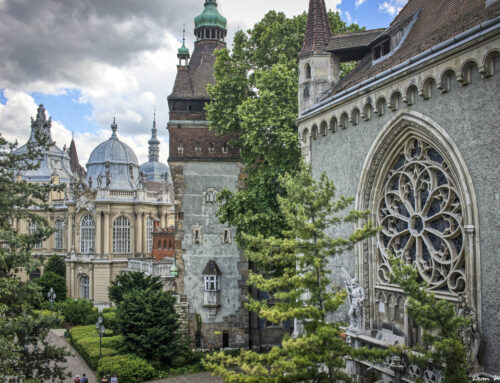
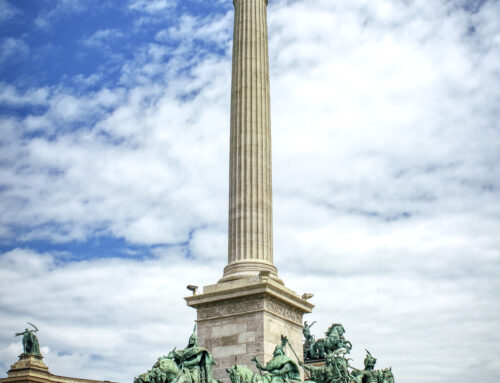
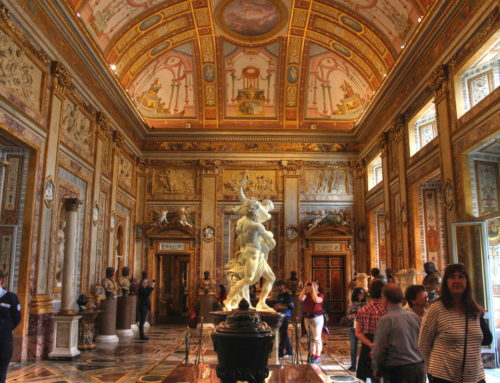
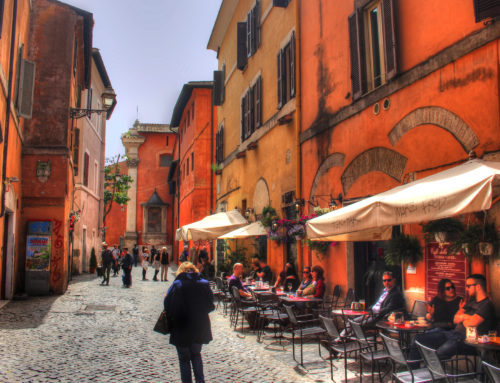
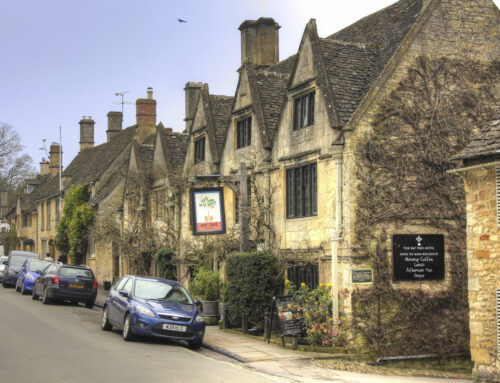
Those handmade garments are beautiful! Glad you had a great time in the village
Hey Brock, I was really impressed with their handmade clothes etc. They put a lot of time into them and they are excellent quality.
That’s incredible that it takes so long for them to weave those garments and yet they are sold so cheaply (relative to the work)… makes you appreciate the item a lot more when you know the story behind it.
Hey Reena, it really is quite amazing. If someone made this hear in Australia it would cost a fortune. My wife loves wearing her scarf and telling people the story behind it 🙂
[…] our trip to Thailand in 2011, we visited a White Karen village near Chiang Mai in the north of the country. The White Karen are a minority ethnic group in […]
[…] of Doi Inthanon. We booked a tour that visited all of these places and finished with a visit to a White Karen village – one of the minority hill tribes that inhabit the area. The tour picked us up from our […]